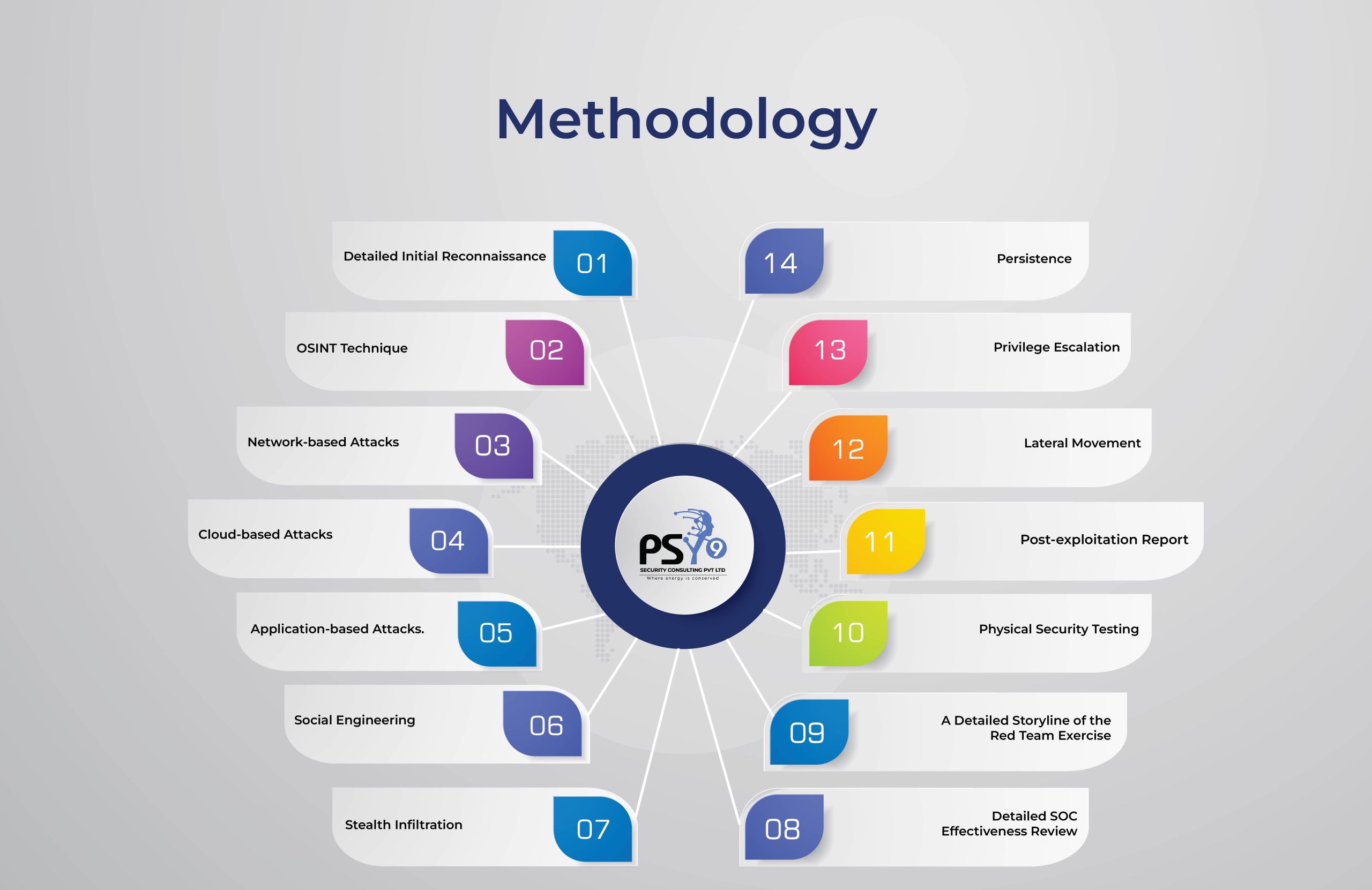
The term “red teaming,” which derives from the army discipline, refers to a friendly attacking squad that evaluates the security of a computerised foundation. White hat hackers who imitate the potential actions of evildoers help carry it out.
Red teaming is a technique for testing out assumptions, plans, policies, and systems. It is a multi-layered attack simulation that evaluates how well a company’s people and systems are prepared to withstand a real cyber attack. In other words, red teaming is ethical hacking that is done without alerting the staff or making any preparations to the current structures. This creates a pretty accurate simulation of how the organisation might fare in the event of an attack right now.
